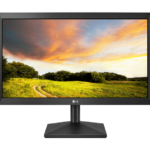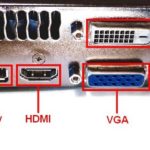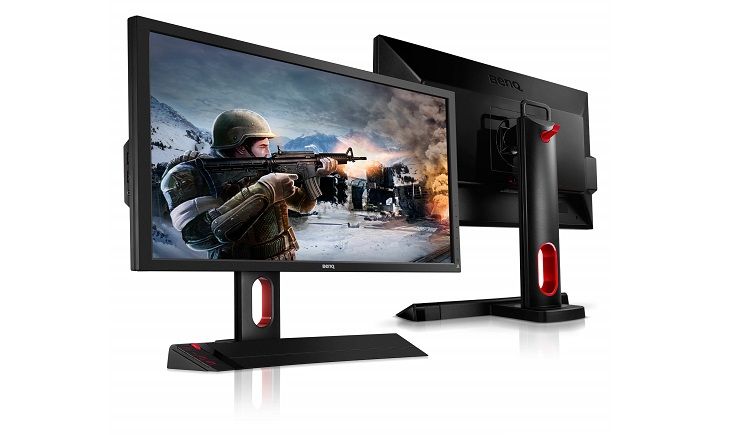History of monitor development
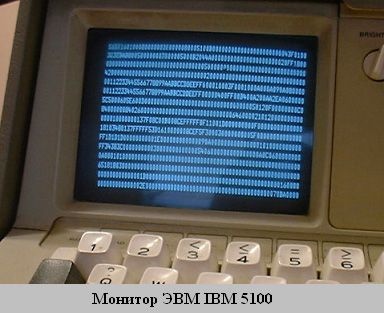 The monitor is one of the main components of a personal computer. After all, without it it is impossible to obtain the necessary multimedia, digital, graphic and text information from the system unit.
The monitor is one of the main components of a personal computer. After all, without it it is impossible to obtain the necessary multimedia, digital, graphic and text information from the system unit.
And if the operating features and slowness of the first computers made it possible to process information using special printing devices, then with the development of system units, this became impossible. To find a way out of the situation, information began to be sent to oscilloscopes. Since a person receives most of the information through the eyes, this technology required its development. And many companies began to develop it, making monitors convenient and comfortable.
Nowadays there are a large number of different display models on the market, which are strikingly different from their predecessors. They differ in diagonal, resolution and price, allowing the user to choose the most optimal option for themselves.
The content of the article
History of creation: how did the first monitor appear?
If the first oscilloscopes were used to check the correct operation of all circuits of a personal computer, then in the middle of the twentieth century, the cathode ray tube began to be used to obtain graphic information. A short time later, one of the scientists at a university in England wrote the first game - checkers.The Mark 1 computer used this program to play checkers, and all the information was displayed on the screen. Of course, this is not considered some kind of breakthrough in the digital industry, however, it became the foundation for the future development of monitors.
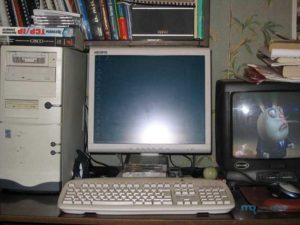 The breakthrough was the appearance of the Whirlwind computer in America. The US military began to use the monitor to obtain information about moving air targets. Radars installed throughout the country displayed the information received about the location of aircraft in the form of the letter T and a dot. During this period, oscilloscopes began to lose their relevance, because only their screen was used.
The breakthrough was the appearance of the Whirlwind computer in America. The US military began to use the monitor to obtain information about moving air targets. Radars installed throughout the country displayed the information received about the location of aircraft in the form of the letter T and a dot. During this period, oscilloscopes began to lose their relevance, because only their screen was used.
REFERENCE! The military was the first to realize the importance of the invention, which made it possible to track the movement of targets. And large amounts of money began to be invested in the development of this area of science.
History of development
Gradually, thanks to funding for the study and development of technology, computers became multi-user. And already in the mid-70s of the twentieth century, huge computers were replaced by more compact devices. They became available not only to the military, but also began to go on open sale.
The scope of their purpose expanded. In addition to work, they began to be used for entertainment and games, which began to require good graphical output of information. Nobody wanted to invest even more money in the development of this technology, because it was completely new and was just beginning its development. However, a way out of the situation was found.
 By that time, devices already existed that could provide a good picture and were widespread. These devices were televisions.They have already come a long way in development, got rid of the lens, and their screen has become large. Manufacturers did not reinvent the wheel, but simply connected computers to televisions. This is how small monochrome monitors appeared, assembled from the same components as TV receivers. Connection was carried out in two ways. In the first case, directly, and the computer acted as a prefix.
By that time, devices already existed that could provide a good picture and were widespread. These devices were televisions.They have already come a long way in development, got rid of the lens, and their screen has become large. Manufacturers did not reinvent the wheel, but simply connected computers to televisions. This is how small monochrome monitors appeared, assembled from the same components as TV receivers. Connection was carried out in two ways. In the first case, directly, and the computer acted as a prefix.
In the second, using a coaxial cable, a TV receiver without a tuner was used here. This solution to the problem satisfied all users. After all, there was no need to buy anything, and everyone had televisions. However, this tandem did not last long. Because TVs greatly deformed the image. They also had large dimensions and weight. Therefore, the developers had to look for new options. And after some time, manufacturers began to use liquid crystal technology.
IMPORTANT! The technology itself has been known since the 19th century, however, it has not found application. And only the advent of personal computers gave it a second life and pushed the further development of monitors.
Features of modern monitors
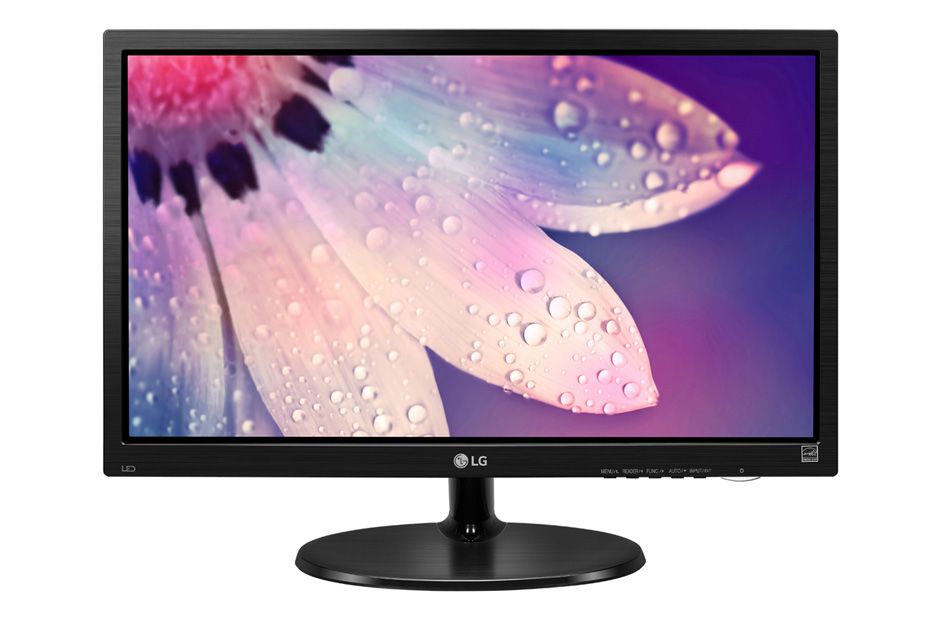 LCD monitors are now ubiquitous. They consist of several layers, between which transistors are located. The image is formed using three primary colors - green, blue and red. They have several main characteristics:
LCD monitors are now ubiquitous. They consist of several layers, between which transistors are located. The image is formed using three primary colors - green, blue and red. They have several main characteristics:
- Response time. Shows at what speed each pixel changes its color to the required one. The higher the response time, the worse the picture will be.
- Contrast. The ratio of white and black colors in relation to each other. The higher this value, the more saturated the picture will be;
- Color rendition.Characterizes the completeness of the color display that the human eye can perceive.
REFERENCE! Unlike older models, new monitors do not have such a characteristic as frame scanning. The image will be broadcast as long as power is supplied to the device.
Modern monitors are lightweight and compact, and the liquid crystal technology used has made power consumption minimal. They are used in all spheres of life, from home to space.
Interesting Facts
Not long ago, a group of scientists from Japan presented a monitor capable of transmitting odors at an international exhibition of digital technologies. This is done with the help of special granules, which evaporate under the influence of temperature and reproduce the aroma.
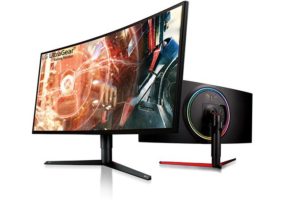 And Sony demonstrated a futuristic monitor, the image from which is shown a few centimeters from its surface. No one will be surprised by flexible monitors that are used in smartphones and tablets. And recently, scientists announced the development of completely transparent devices.
And Sony demonstrated a futuristic monitor, the image from which is shown a few centimeters from its surface. No one will be surprised by flexible monitors that are used in smartphones and tablets. And recently, scientists announced the development of completely transparent devices.
Modern technologies do not stand still. And now, instead of huge monitors with limited characteristics, we use lightweight displays that show high-quality images.


